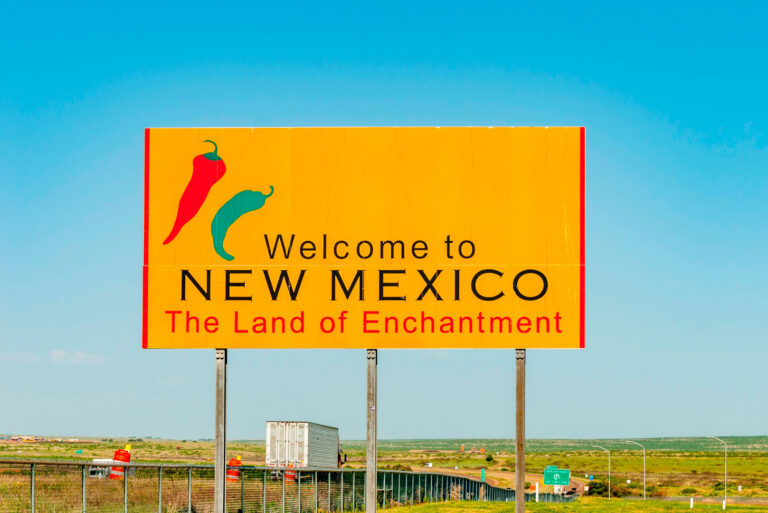Improving Infrastructure for Electric Vehicle (EV) Charging Stations in Oregon
November 17, 2023
The availability of charging infrastructure has been a major hurdle in the widespread adoption of electric vehicles in Oregon. However, in 2022 the Oregon Department of Transportation (ODOT) announced a $100 million investment in public charging infrastructure across the state that will significantly improve the availability of EV charging stations across Oregon’s major road networks.
This article provides an overview of Oregon’s commitment to improving charging infrastructure, and how these EV charging stations will impact the landscape of electric transportation for commercial and personal EV owners.
Installing New EV Charging Stations in Oregon

Along with the designated Alternative Fueling Coordiors, ODOT will close the gaps in charging infrastructure in rural and underserved regions, including state parks, apartment complexes, urban areas, and rural communities.
Read more about how fuel suppliers are improving charging infrastructure across the West Coast: Pilot Co. Travel Centers Expanding Access to Electric Charging Stations in 2024
Improving Access for Commercial Fleets
In recent years, Oregon has greatly improved funding and regulatory initiatives that encourage the widespread adoption of electric and alternative fuel vehicles in commercial sectors through programs like the Oregon Clean Fuels Program. While these initiatives incentivize the transition to electric, the limited range of electric vehicles has been a major concern for EV fleet owners, who often have to travel long distances with limited access to charging ports. While the primary focus of ODOT’s $100 million investment is on providing charging infrastructure for light-duty EVs like cars, SUVs, and personal trucks, it also has positive implications for commercial fleet owners.
Advancing technology, funding opportunities, and transition mandates in Washington and California have significantly increased the demand for medium- and heavy-duty EVs, necessitating the need for appropriate charging stations along major road networks. As more fleet owners adopt commercial EVs, ODOT is investing significant funding to explore opportunities for improved charging infrastructure that can support larger commercial vehicles. The EV charging stations installed under ODOT’s current initiatives will be built “future-proof” to enable regular updates with more fast-chargers and alternative fueling stations as EV usage grows in the coming years, which will allow for easy installation of medium- and heavy-duty vehicle chargers as soon as funding and demand allows it.
Learn more about how your fleet can take advantage of funding opportunities for EVs: Oregon Clean Fuels Program: A Guide
Related Posts









